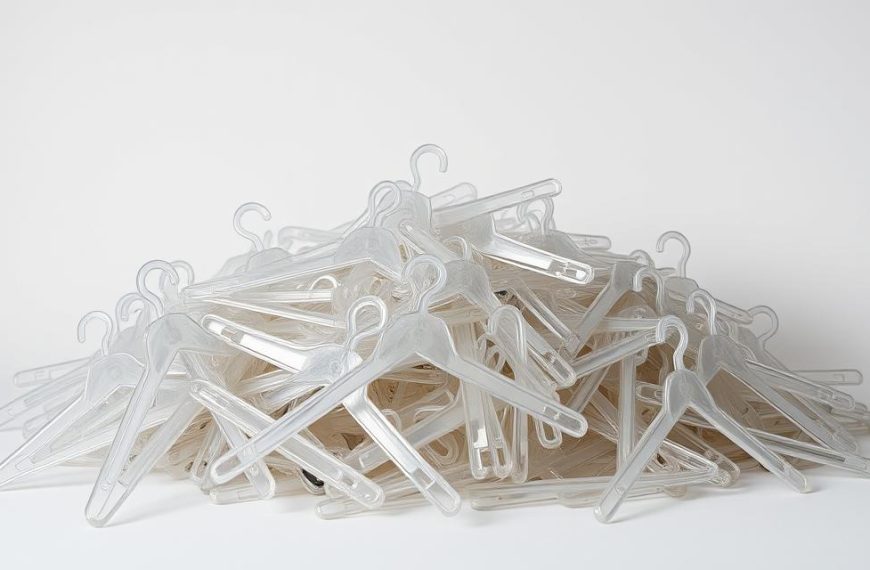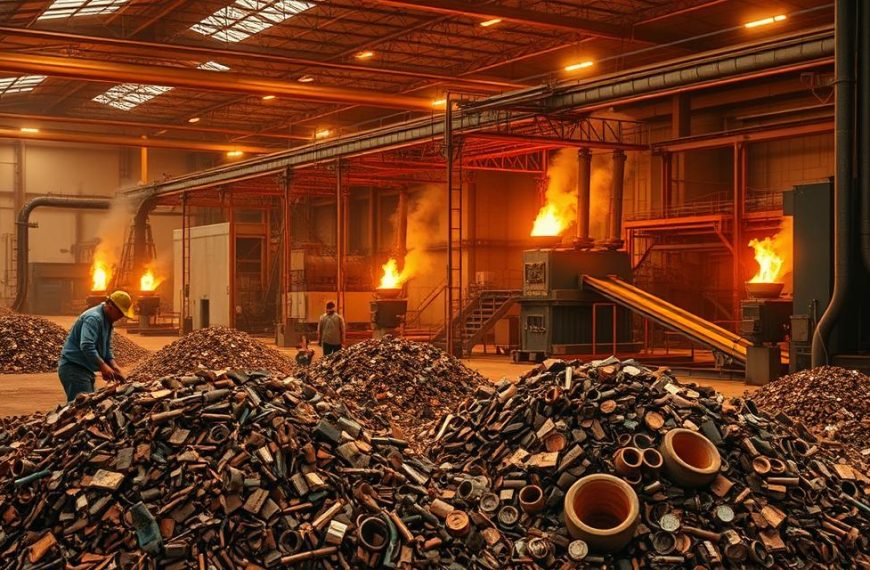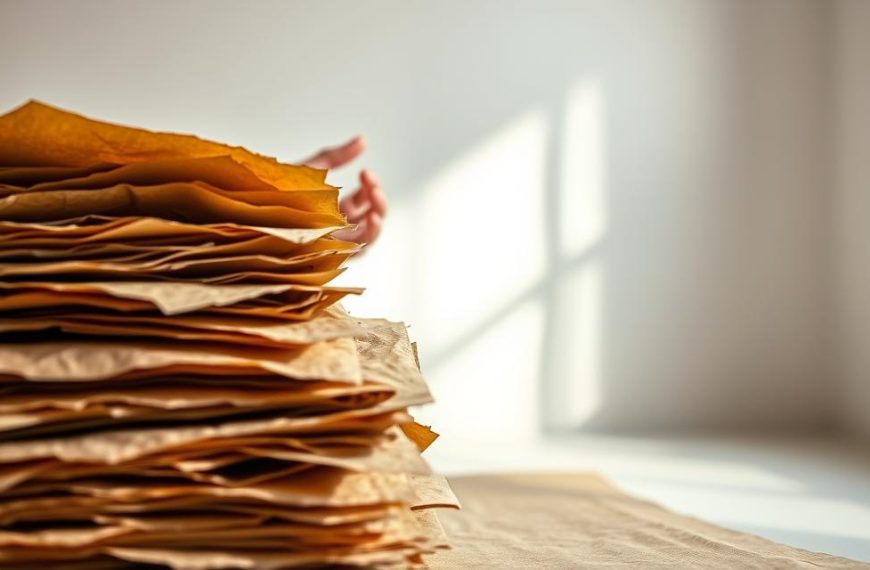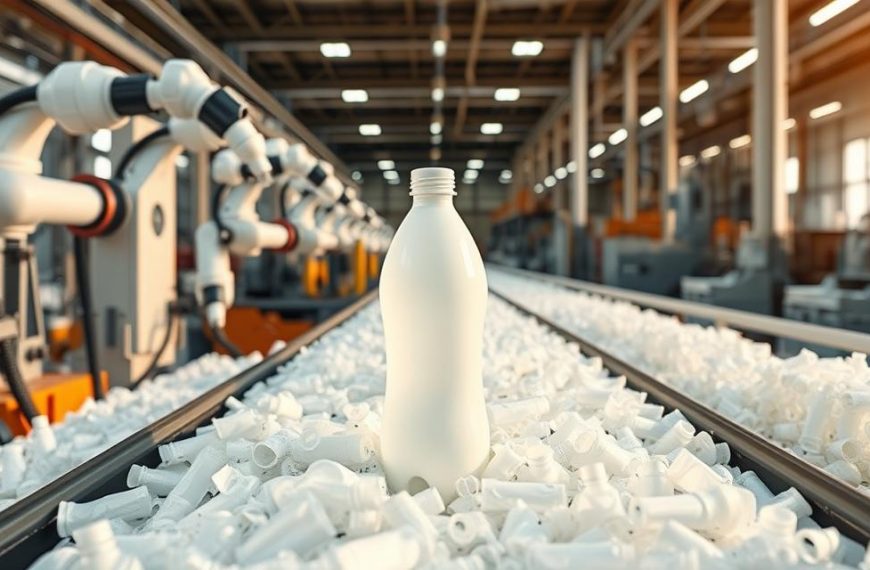Every year, millions of books end up in landfills, contributing to environmental waste. With over 320 million discarded annually, the need for sustainable disposal methods is critical. Recycling offers a practical solution, but the process requires special attention.
Books fall under the mixed paper category, but their binding and glue complicate the process. Proper handling ensures they can be transformed into new materials, saving resources. According to industry standards, recycling one ton of paper saves 17 trees and reduces landfill costs.
This complete guide explores the steps to recycle books effectively. From understanding paper mill processes to seasonal disposal trends, the information provides actionable insights. By choosing recycling, individuals contribute to forest conservation and economic benefits.
Understanding Book Recycling: Can You Recycle Books with Paper?
Proper disposal of reading materials ensures environmental sustainability. Many items, such as hardcover books, paperback books, and books magazines, fall under the mixed paper category. However, their recyclability depends on their components and condition.
What Types of Books Can Be Recycled?
Paperback books are fully recyclable, including their binding. Hardcover books require cover removal due to non-paper components. Board books, made of thick cardboard, are accepted if clean and dry. Items like phone books, catalogs, and magazines with staples are also recyclable.
However, materials like moldy or water-damaged items, leather-bound editions, and plastic laminated pages are unsuitable. Yellowed pages, caused by oxidized lignin, contaminate recycling streams and should be avoided.
How to Prepare Books for Recycling
Preparation is key to effective recycling. Remove plastic bags or covers and separate inserts or CDs. Ensure moisture content is below 5% to maintain paper quality. Soy-based inks do not affect recyclability, but metallic inks and epoxy resins can cause issues.
Regional variations exist, with states like Pennsylvania and New Jersey mandating paper products recycling. Always check local guidelines for specific requirements. For more detailed information, visit this guide.
The Process of Recycling Books
Recycling books involves a structured process to ensure environmental efficiency. From collection to transformation, each step plays a vital role in reducing waste. Understanding this process helps individuals contribute to sustainability efforts effectively.
Curbside Recycling Programs for Books
Many municipalities offer curbside recycling programs for mixed paper, including paperback items. These programs typically use a 96-gallon cart for collection. Overflow materials, such as cardboard bundles, must adhere to size and weight limits (3’x3′ and 30lbs).
The workflow includes collection, sorting, baling, and transport. Baled mixed paper averages 1,200lbs per cubic yard, making transportation efficient. However, contamination thresholds are strict, with non-paper materials limited to less than 0.5%.
Special Considerations for Hardcover and Wet Books
Hardcover items require special attention. Their spines can jam shredders, so covers must be removed before disposal. Wet materials, such as wet books, disrupt baling equipment and add 15-20% to transport costs due to increased weight.
To test moisture levels, check if pages stick together. If they do, air dry the items first. Proper preparation ensures materials meet mill requirements and avoid penalties.
| Material | Preparation Steps | End Products |
|---|---|---|
| Paperback | Remove plastic covers, ensure dryness | Egg cartons, coffee filters |
| Hardcover | Remove covers, check for damage | Paper towels, packaging |
| Wet Books | Air dry, test moisture levels | Recycled paper products |
With over 600 paper mills in the U.S., the infrastructure supports efficient processing. The industry achieves a 65.7% recovery rate, showcasing the success of these efforts. By following guidelines, individuals help reduce landfill waste and conserve resources.
Why Recycling Books is Important for Sustainability
The environmental footprint of discarded reading materials is a growing concern. Properly managing these items helps conserve resources and reduce waste. By focusing on sustainable practices, individuals and organizations can make a significant impact.
Environmental Benefits of Recycling Books
Recycling old reading materials offers numerous environmental benefits. For every ton processed, 17 trees are saved, and 7,000 gallons of water are conserved. Additionally, it reduces energy consumption by 4,000 kWh and oil usage by 380 gallons.
This process also lowers carbon emissions by 1.5 metric tons per ton recycled. By diverting materials from landfills, methane production is minimized, contributing to cleaner air. These efforts align with the EPA’s goal of achieving a 50% recycling rate by 2030.
How Recycling Books Reduces Landfill Waste
Recycling significantly cuts down on landfill waste. One ton of recycled materials saves three cubic yards of landfill space. This reduces development costs, which average $75,000 per acre for new landfill sites.
Moreover, recycling supports the circular economy. For example, old reading materials can be transformed into tissue paper within 14 days. This reduces the need for virgin wood pulp, conserving natural resources.
| Benefit | Per Ton Recycled |
|---|---|
| Trees Saved | 17 |
| Water Conserved | 7,000 gallons |
| Energy Saved | 4,000 kWh |
| Carbon Emissions Reduced | 1.5 metric tons |
By adopting these practices, individuals contribute to a healthier planet. Recycling not only conserves resources but also supports global sustainability goals.
Conclusion: Making a Difference Through Book Recycling
Small actions lead to big changes when it comes to sustainable practices. Each year, individuals dispose of an average of 23 items, but choosing to donate or upcycle can make a significant impact. Programs like Better World Books and the Little Free Library network provide excellent ways reuse old reading materials, keeping them in circulation and out of landfills.
Innovative solutions, such as mycological decomposition, are transforming how we think about material waste. Community recycling drives and corporate ESG commitments, like Amazon’s Climate Pledge, further amplify these efforts. Success stories, such as Dolly Parton’s program diverting 1 million items, inspire collective action.
With 92% of Americans supporting increased recycling, every effort counts. Whether through donation, upcycling, or community initiatives, each step contributes to a healthier planet. Start today—every life and every book matters.
















